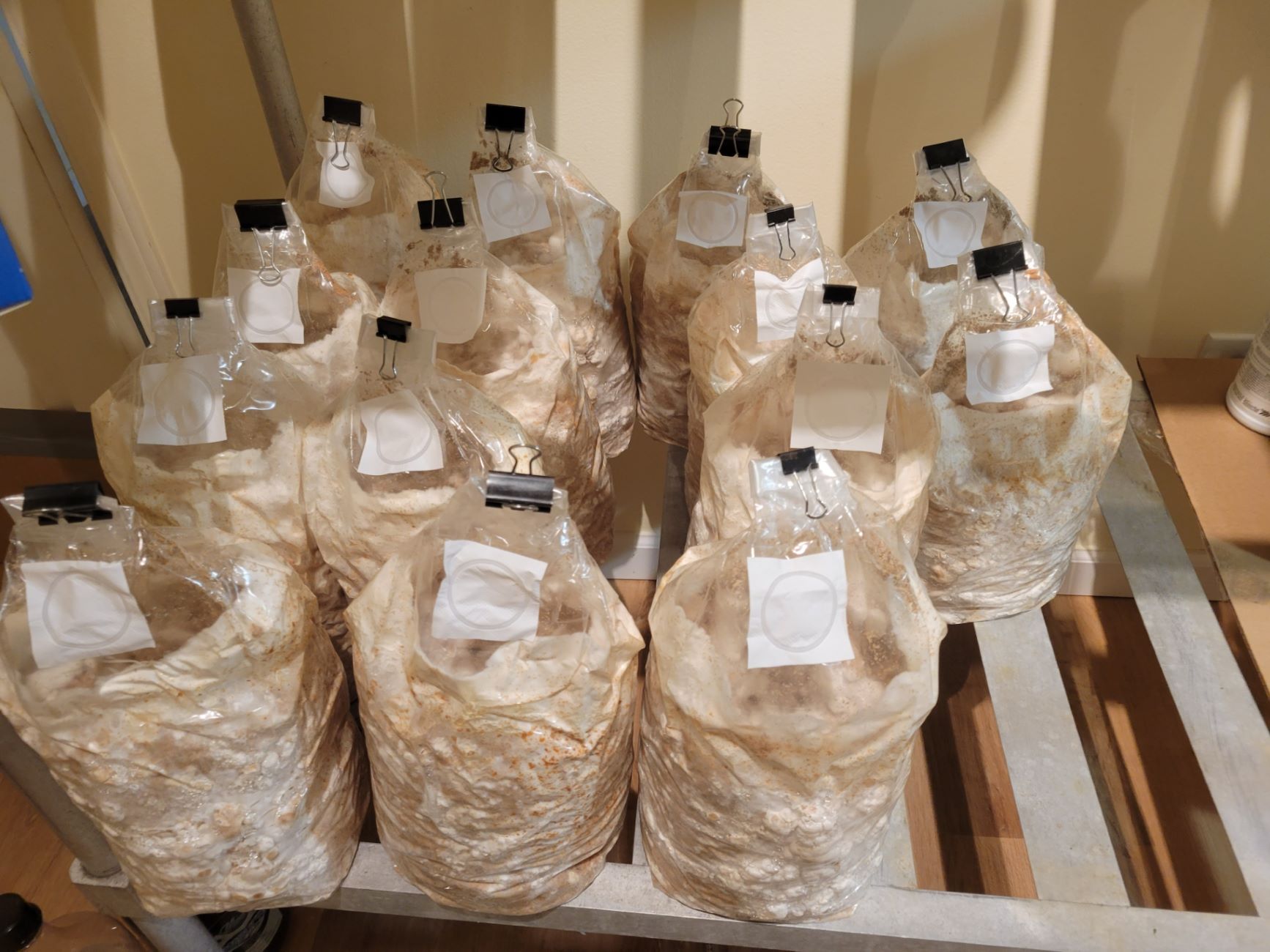

Articles
How To Store Spawn Bags
Modified: January 20, 2024
Learn the best techniques for storing spawn bags with our helpful articles. Keep your mycelium healthy and ready for future cultivation projects!
(Many of the links in this article redirect to a specific reviewed product. Your purchase of these products through affiliate links helps to generate commission for Storables.com, at no extra cost. Learn more)
Introduction
Proper storage of spawn bags is crucial for maintaining the viability and quality of the spawn. Spawn bags contain the mycelium, which is the fungal network responsible for the growth of mushrooms. If not stored correctly, the mycelium can become contaminated or lose its effectiveness, leading to poor mushroom production.
In this article, we will explore the importance of proper spawn bag storage and provide you with essential tips to ensure the longevity and success of your mushroom cultivation.
Key Takeaways:
- Proper storage of spawn bags is essential for maintaining the viability and quality of the mycelium, leading to healthier and more productive mushroom growth. Key factors include cleanliness, organization, and optimal environmental conditions.
- Regular inspection and maintenance of the storage area are crucial for early issue detection, preventive maintenance, and ensuring a clean, organized, and controlled environment for the spawn bags. This contributes to successful mushroom cultivation.
Read more: How To Store Inoculated Spawn Bags
Importance of Proper Spawn Bag Storage
Proper spawn bag storage is essential for several reasons. Firstly, it helps to maintain the integrity of the mycelium, which is the life force of the mushroom. If the mycelium becomes contaminated or loses its vitality, it can hinder or even prevent the growth of healthy mushrooms.
Secondly, storing spawn bags correctly ensures that they remain free from moisture, pests, and other environmental factors that can compromise their quality. Maintaining the right conditions not only preserves the spawn for future use but also prevents the growth of harmful fungi or bacteria.
Furthermore, proper storage allows you to organize and keep track of your spawn inventory efficiently. This is particularly important if you are cultivating multiple mushroom varieties or have different batches of spawn bags at different stages of development.
Lastly, by storing spawn bags properly, you can extend their shelf life. This means that you can have a constant supply of healthy and productive spawn for your mushroom cultivation projects, resulting in a higher yield and greater overall success.
To reap these benefits, it is crucial to follow specific guidelines and implement the best practices for spawn bag storage. In the following sections, we will outline the steps you should take to ensure the proper storage of your spawn bags.
Choose a Suitable Storage Location
When it comes to storing spawn bags, the first step is to select a suitable location that provides the optimal conditions for their preservation. Here are some factors to consider when choosing a storage location:
1. Temperature: The storage area should have a consistent temperature between 40°F (4°C) and 65°F (18°C). Extreme fluctuations in temperature can harm the mycelium and affect its viability.
2. Lighting: Spawn bags should be stored in a dark area as light can stimulate premature fruiting or encourage the growth of unwanted organisms. If natural light is present, cover the spawn bags or store them in opaque containers.
3. Ventilation: The storage area should have adequate ventilation to ensure proper air circulation. Stagnant air can lead to condensation, which can promote the growth of mold and bacteria.
4. Accessibility: Choose a location that is easily accessible and convenient for regular monitoring and maintenance. This will allow you to quickly identify and address any issues that may arise.
5. Security: Ensure that the storage location is secure, protecting the spawn bags from potential contamination or damage caused by pests or unauthorized access.
Consider these factors when selecting a storage location for your spawn bags to provide the ideal environment for their long-term preservation. In the next section, we will discuss the importance of keeping the storage area clean and disinfected.
Clean and Disinfect the Storage Area
Keeping the storage area clean and disinfected is crucial for preventing contamination and maintaining the quality of your spawn bags. Here are some steps you can take to ensure a clean and sanitary storage area:
1. Remove debris: Before storing your spawn bags, make sure the storage area is free from any debris, dust, or dirt. Clear out any potential sources of contamination to create a clean environment.
2. Sweep and mop: Clean the floor of the storage area thoroughly by sweeping away any loose dirt and debris. Follow up with a mop and a mild disinfectant solution to sanitize the floor surface.
3. Disinfect surfaces: Wipe down shelves, racks, and any other surfaces in the storage area using a disinfectant solution. Pay special attention to areas that come into direct contact with the spawn bags.
4. Use appropriate disinfectants: Choose a disinfectant that is effective against a wide range of microorganisms, including bacteria, fungi, and viruses. Common options include bleach, hydrogen peroxide, or commercial disinfectants specifically formulated for mushroom cultivation.
5. Allow proper drying time: After disinfecting surfaces, allow them to air dry completely before placing the spawn bags on them. This helps to prevent any residual moisture that can contribute to contamination.
By ensuring that your storage area is clean and disinfected, you minimize the risk of introducing harmful organisms that can jeopardize the health of your spawn bags. In the following section, we will discuss the importance of proper air circulation in the storage area.
Ensure Proper Air Circulation
Proper air circulation is essential for maintaining a healthy environment for your stored spawn bags. Good airflow helps to prevent stagnant air, reduce humidity, and minimize the risk of mold or bacterial growth. Here are some tips to ensure adequate air circulation in your storage area:
1. Avoid overcrowding: Do not stack the spawn bags too closely together or overcrowd the storage area. Leave enough space between the bags to allow for proper airflow.
2. Leave gaps between shelves: If you are using shelves to store the spawn bags, leave gaps between each shelf to allow air to circulate freely. This prevents the accumulation of stagnant air in confined spaces.
3. Use fans or ventilation: If necessary, consider installing fans or ventilation systems to improve air circulation within the storage area. This can help to regulate temperature and reduce humidity levels, creating a more optimal environment for your spawn bags.
4. Position vents strategically: If your storage area has windows or vents, ensure they are positioned in a way that promotes cross ventilation. This allows fresh air to enter and stale air to exit, maintaining a continuous flow.
5. Avoid drafts: While proper air circulation is important, it is equally crucial to avoid exposing the spawn bags to direct drafts or strong winds. Excessive airflow can dry out the bags or disrupt the delicate balance of humidity.
By ensuring proper air circulation, you create an environment that is less favorable for the growth of mold, bacteria, or other harmful microorganisms. The next section will cover the use of sturdy shelves or racks to support the storage of spawn bags.
Read more: How To Store Grain Spawn
Use Sturdy Shelves or Racks
Using sturdy shelves or racks is essential for organizing and supporting the storage of your spawn bags. Here’s why it’s important and what you should consider:
1. Support and stability: Sturdy shelves or racks provide reliable support for your spawn bags, preventing them from sagging or collapsing. This ensures that the bags remain intact and undisturbed, reducing the risk of damage or contamination.
2. Efficient use of space: Shelves or racks allow you to maximize vertical storage space, making it easier to organize and access your spawn bags. With properly spaced shelves, you can store a greater quantity of bags in a smaller area, optimizing your storage capacity.
3. Easy monitoring: Clear shelves or racks make it easier to visually inspect your spawn bags without moving them. This allows you to regularly check for any signs of contamination or other issues, ensuring the quality of your stored spawn.
4. Material selection: Choose shelves or racks made from sturdy materials that are resistant to moisture and easy to clean. Avoid materials that can deteriorate over time or potentially introduce contaminants.
5. Adjustable options: Consider using adjustable shelves or racks that can be customized to accommodate different sizes of spawn bags. This flexibility allows for efficient utilization of space and the ability to adapt to your specific needs.
Remember to properly clean and disinfect your shelves or racks before placing the spawn bags on them. This helps maintain a clean and sanitary storage environment. In the next section, we will discuss how to prevent moisture build-up in the storage area to protect the integrity of the spawn bags.
After inoculating your spawn bags, store them in a dark, temperature-controlled environment to encourage mycelium growth. Avoid direct sunlight and extreme temperatures.
Prevent Moisture Build-up
Moisture build-up in the storage area can be detrimental to the quality and longevity of spawn bags. Excess moisture can lead to the growth of mold, bacteria, and other microorganisms that can contaminate the bags. Here are some essential tips to prevent moisture build-up:
1. Maintain proper humidity levels: The ideal humidity level for spawn bag storage is around 60-70%. Use a hygrometer to monitor the humidity in the storage area and take necessary measures to regulate it. If the humidity is too high, consider using dehumidifiers or moisture-absorbing materials to reduce moisture levels.
2. Avoid direct contact with walls: Ensure that the spawn bags are not in direct contact with walls or surfaces that may accumulate moisture. Leave enough space between the bags and the walls to allow for proper air circulation and reduce the risk of condensation.
3. Use moisture barriers: If your storage area is prone to moisture, consider using moisture barriers such as plastic sheeting or waterproof liners on the walls and floors. This helps to create a barrier between the bags and any potential moisture sources.
4. Inspect for leaks: Regularly check for any leaks or water seepage in the storage area. Repair any leaks promptly to prevent moisture from entering the space.
5. Utilize desiccants: Place desiccant packets or moisture-absorbing materials, such as silica gel or activated charcoal, in the storage area. These substances help to absorb excess moisture, keeping the environment dry and reducing the risk of mold or bacterial growth.
By implementing these measures, you can create a moisture-free environment that helps to preserve the quality and integrity of your spawn bags. The next section will cover the importance of monitoring temperature and humidity levels in the storage area.
Monitor Temperature and Humidity Levels
Monitoring the temperature and humidity levels in the storage area is crucial for maintaining the quality and viability of your spawn bags. Here’s why it’s important and how to effectively monitor these factors:
1. Temperature control: The storage area should maintain a consistent temperature between 40°F (4°C) and 65°F (18°C). Fluctuations in temperature can negatively impact the mycelium and affect its ability to grow properly. Use a thermometer to regularly check the temperature and ensure it remains within this optimal range.
2. Humidity regulation: The ideal humidity level for spawn bag storage is around 60-70%. High humidity can increase the risk of mold or bacterial growth, while low humidity can cause the bags to dry out. Use a hygrometer to monitor the humidity levels in the storage area and take appropriate measures to regulate it, such as using dehumidifiers or adding moisture when needed.
3. Placement of monitoring devices: Place temperature and humidity monitors in strategic locations within the storage area. Ensure they are not in direct contact with the spawn bags but placed in areas where they can accurately represent the overall conditions.
4. Regular monitoring: Check the temperature and humidity levels regularly, ideally on a daily basis, to ensure that they remain within the desired range. Any sudden fluctuations or deviations should be addressed promptly to prevent damage to the mycelium.
5. Record keeping: Maintain a log or record of temperature and humidity readings over time. This allows you to identify any patterns or trends and make necessary adjustments to the storage conditions as needed.
By consistently monitoring the temperature and humidity levels, you can create an environment that supports the growth and vitality of your spawn bags. In the next section, we will discuss steps to protect the spawn bags from contamination.
Protect Spawn Bags from Contamination
Protecting your spawn bags from contamination is vital for the success of your mushroom cultivation. Contamination can hinder the growth of healthy mushrooms and lead to a significant loss in your yield. Here are some steps to effectively protect your spawn bags from contamination:
1. Strict cleanliness measures: Practice thorough hygiene when handling the spawn bags. Wash your hands thoroughly and use clean gloves when touching the bags. Avoid touching surfaces or objects that may introduce contaminants.
2. Isolate from other materials: Keep the spawn bags separate from any potential sources of contamination, such as compost, soil, or other organic materials. Store them in dedicated areas or containers to minimize the risk of cross-contamination.
3. Implement a clean working area: Designate a clean and sanitized area specifically for handling the spawn bags. This helps to reduce the chances of introducing contaminants from the surrounding environment.
4. Utilize sterile techniques: When inoculating the spawn bags, follow sterile techniques to minimize the introduction of unwanted microorganisms. This includes working in a laminar flow hood or in a clean, controlled environment.
5. Inspect for signs of contamination: Regularly inspect the spawn bags for any signs of contamination, such as mold growth, discoloration, or unusual odors. If any bags show signs of contamination, remove them immediately to prevent further spread.
6. Practice batch segregation: If you are working with multiple batches of spawn bags, it’s essential to keep them separate and clearly labeled. This helps to prevent cross-contamination and allows for targeted troubleshooting if issues arise.
7. Maintain a clean storage area: In addition to practicing cleanliness during handling, ensure that the storage area itself is clean and free from potential contaminants. Regularly clean and disinfect surfaces and shelves as mentioned earlier in this article.
By following these protective measures, you can greatly minimize the risk of contamination and increase the chances of successful mushroom cultivation with your spawn bags. In the next section, we will discuss the importance of labeling and organizing your spawn bags for easy management.
Read more: How To Store Mushroom Spawn
Label and Organize Spawn Bags
Proper labeling and organization of your spawn bags are essential for efficient management and easy identification. Here’s why it’s important and how to effectively label and organize your spawn bags:
1. Easy identification: Labeling each spawn bag allows you to quickly identify the mushroom variety or strain and the date of inoculation. This information is crucial for tracking the progress of your bags and managing your cultivation projects effectively.
2. Batch tracking: By labeling each bag with a unique identifier or batch number, you can easily track its progress and performance. This helps you identify any patterns or trends in the growth and yield of different batches.
3. Expiration dates: If you are working with spawn bags that have an expiration date, make sure to clearly label them with the corresponding date. This ensures that you use the bags before they expire and maintain the quality of the spawn.
4. Organize by stage: Sort and organize your spawn bags based on their growth stage. You can have separate sections or shelves for bags that are ready for fruiting, bags in the colonization stage, or bags that are being stored for future use. This makes it easier to prioritize and manage your cultivation process.
5. Storage location information: In addition to labeling individual bags, consider labeling the storage area itself. This can include information such as the optimal temperature and humidity ranges, as well as any specific instructions or precautions.
6. Documentation: Keep a separate log or documentation system that aligns with the labeling scheme. This allows you to record important details, such as inoculation dates, growth progress, and any observations or adjustments made during the cultivation process.
7. Regular inventory checks: Periodically review and update your inventory of spawn bags. This helps you stay organized and ensures that you have an accurate count of the bags available for cultivation.
By implementing a labeling and organizational system, you can streamline your mushroom cultivation process and easily manage your spawn bags. In the next section, we will discuss the importance of regularly inspecting and maintaining the storage area itself.
Regularly Inspect and Maintain the Storage Area
Regular inspection and maintenance of the storage area is essential to ensure the optimal condition and longevity of your spawn bags. Here are some key reasons why regular inspection is important and how to effectively maintain the storage area:
1. Early detection of issues: Regular inspections allow you to identify any potential problems or issues in the storage area before they escalate. This includes checking for signs of mold, pests, or any structural damage that may compromise the integrity of the bags.
2. Preventive maintenance: By conducting regular maintenance, you can proactively address any potential risks or sources of contamination. This includes repairing any damaged shelves or equipment, replacing worn-out seals or gaskets, and addressing any water leaks or ventilation issues.
3. Adjusting environmental conditions: Inspecting the storage area allows you to assess the temperature and humidity levels to ensure they remain within the desired range. You can make necessary adjustments to maintain optimal conditions, such as adjusting ventilation, dehumidification, or introducing moisture when needed.
4. Cleaning and sanitizing: Regular cleaning and sanitization of the storage area contribute to maintaining a clean and hygienic environment. This includes removing any accumulated dust or debris, disinfecting surfaces, and ensuring proper drainage to prevent water build-up.
5. Organizational maintenance: During inspections, you can also assess the organization and arrangement of your spawn bags. Straighten and arrange any disorganized bags, ensure proper labeling, and make any necessary adjustments to optimize space utilization.
6. Documentation and record-keeping: Maintain a log or record of your inspections, maintenance activities, and any findings. This serves as a reference for future inspections, helps identify patterns or trends in storage conditions, and provides documentation for quality control purposes.
Regular inspection and maintenance of the storage area contribute to a clean, organized, and controlled environment for your spawn bags. By staying proactive, you can ensure the long-term viability and quality of your spawn, leading to successful mushroom cultivation.
Conclusion
Proper storage of spawn bags is crucial for successful mushroom cultivation. By following the guidelines outlined in this article, you can ensure the viability and quality of your spawn, leading to healthier and more productive mushroom growth.
From choosing a suitable storage location to regularly inspecting and maintaining the storage area, each step plays a vital role in preserving the integrity of the spawn bags. Cleanliness, organization, and optimal environmental conditions are key factors in preventing contamination, ensuring proper airflow, and maintaining the ideal temperature and humidity levels.
Labeling and organizing the spawn bags enhance efficiency and facilitate easy identification. Regular monitoring and record-keeping allow for timely adjustments and proactive management of the cultivation process.
Remember to prioritize cleanliness, practice sterile techniques, and protect the spawn bags from potential sources of contamination. Regularly inspect and maintain your storage area to address any issues promptly and ensure a conducive environment for the growth of healthy mushrooms.
By implementing these best practices, you can maximize the lifespan of your spawn bags, optimize yield, and increase your overall success in mushroom cultivation. Happy growing!
Frequently Asked Questions about How To Store Spawn Bags
Was this page helpful?
At Storables.com, we guarantee accurate and reliable information. Our content, validated by Expert Board Contributors, is crafted following stringent Editorial Policies. We're committed to providing you with well-researched, expert-backed insights for all your informational needs.

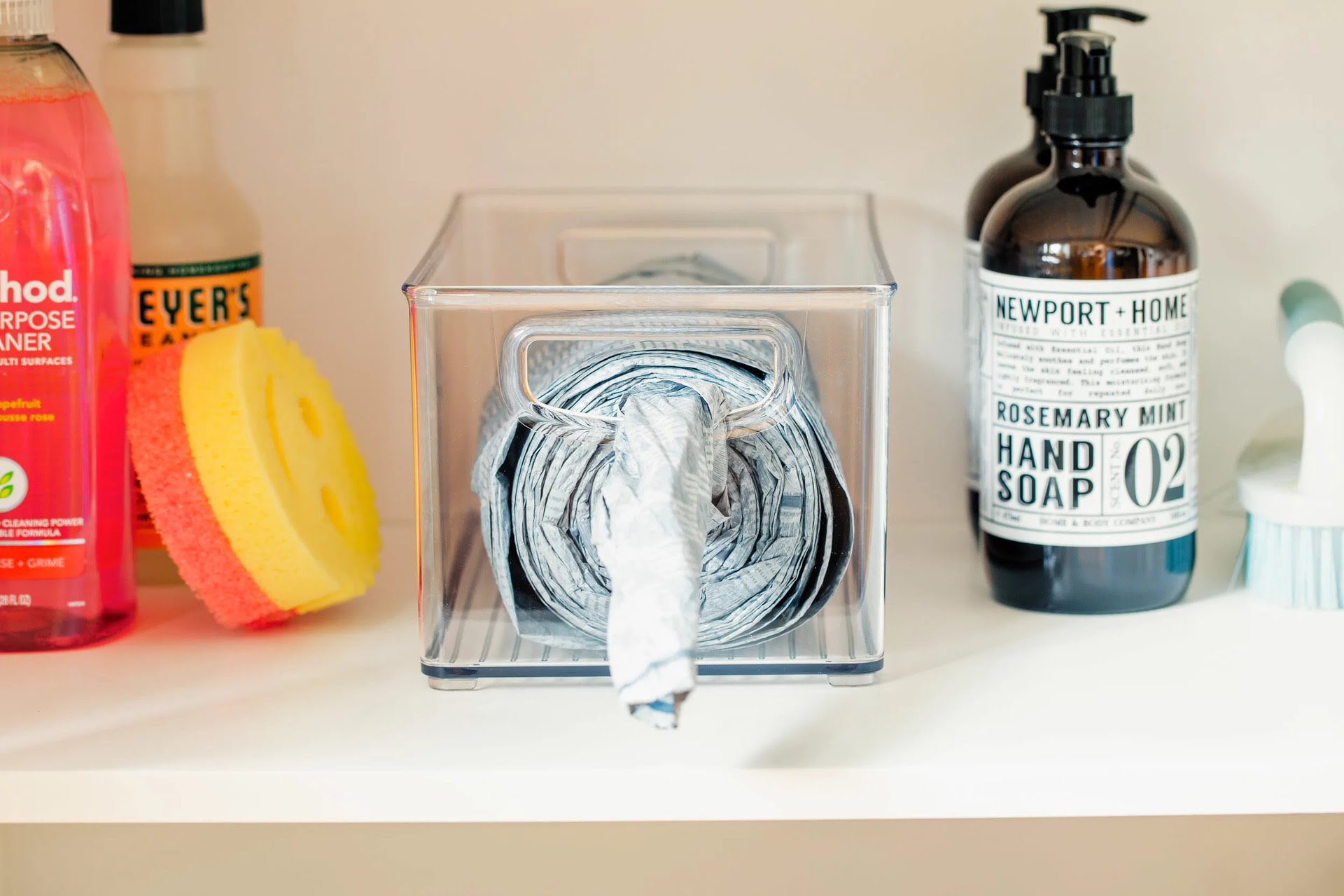

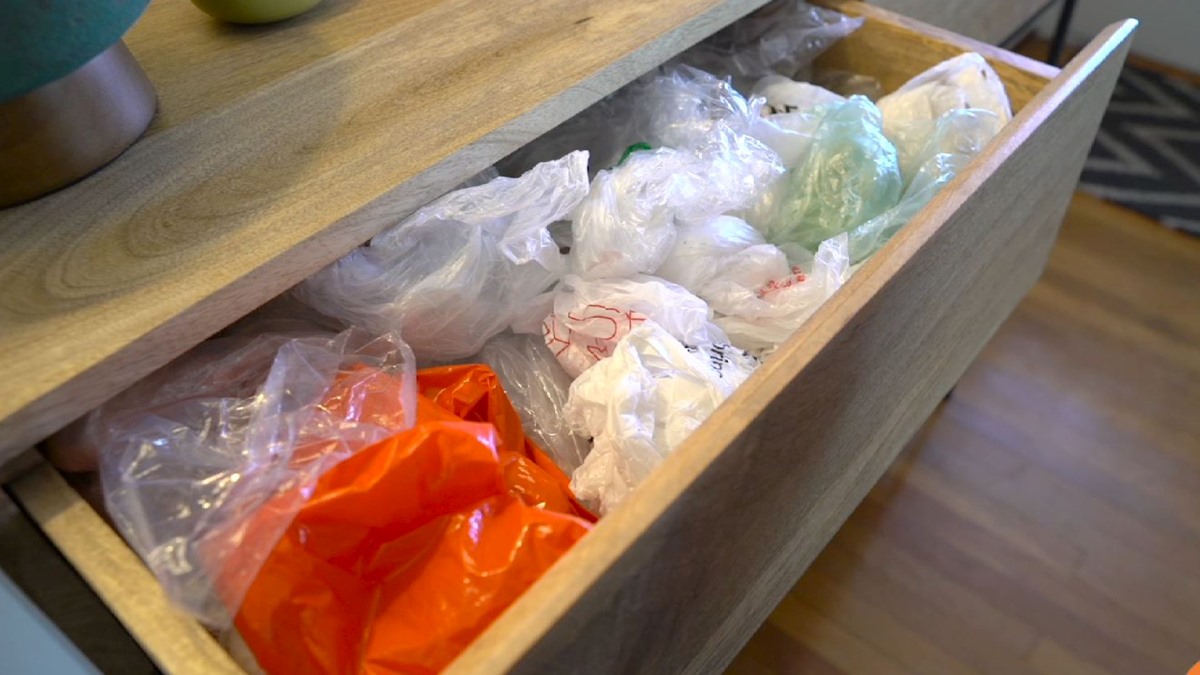
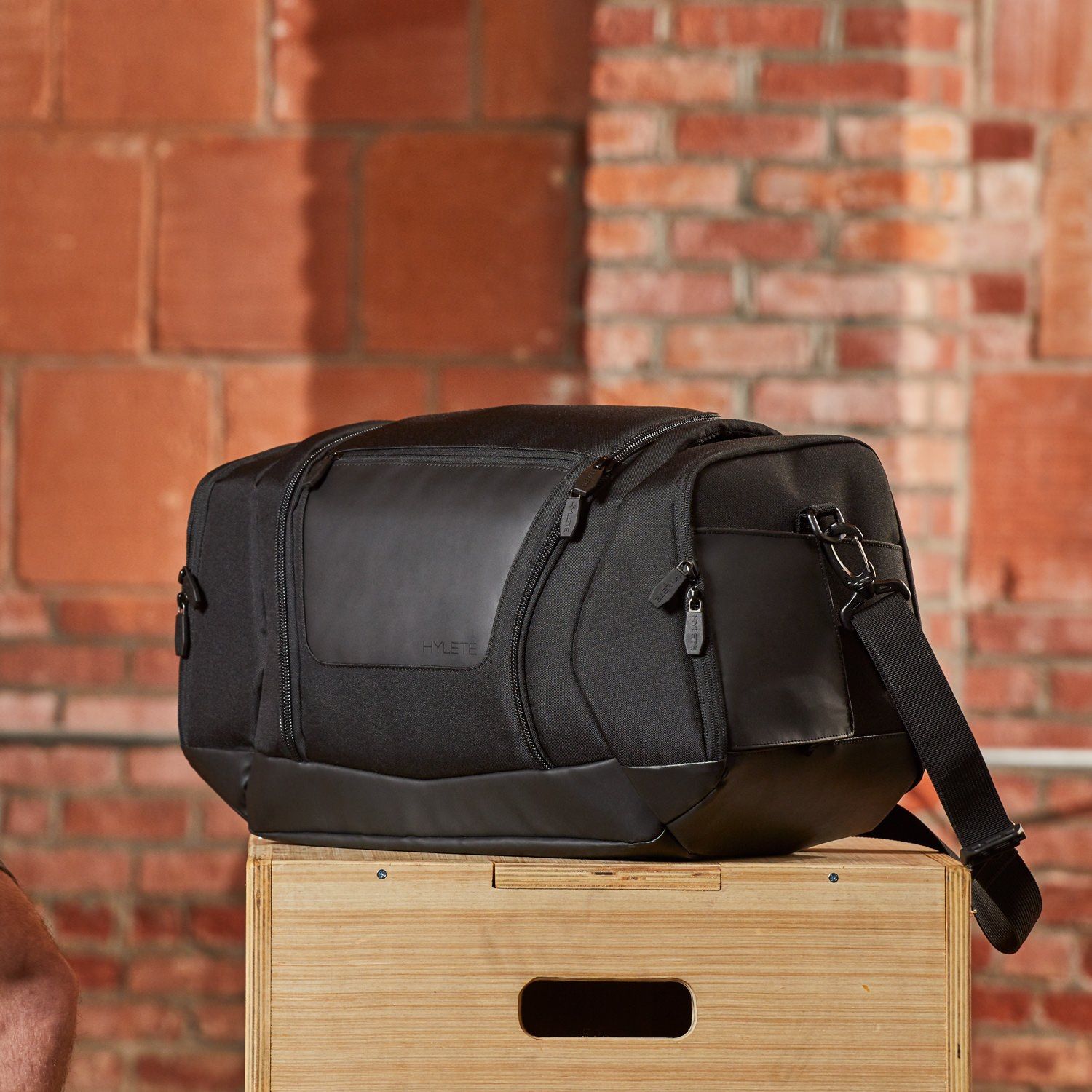





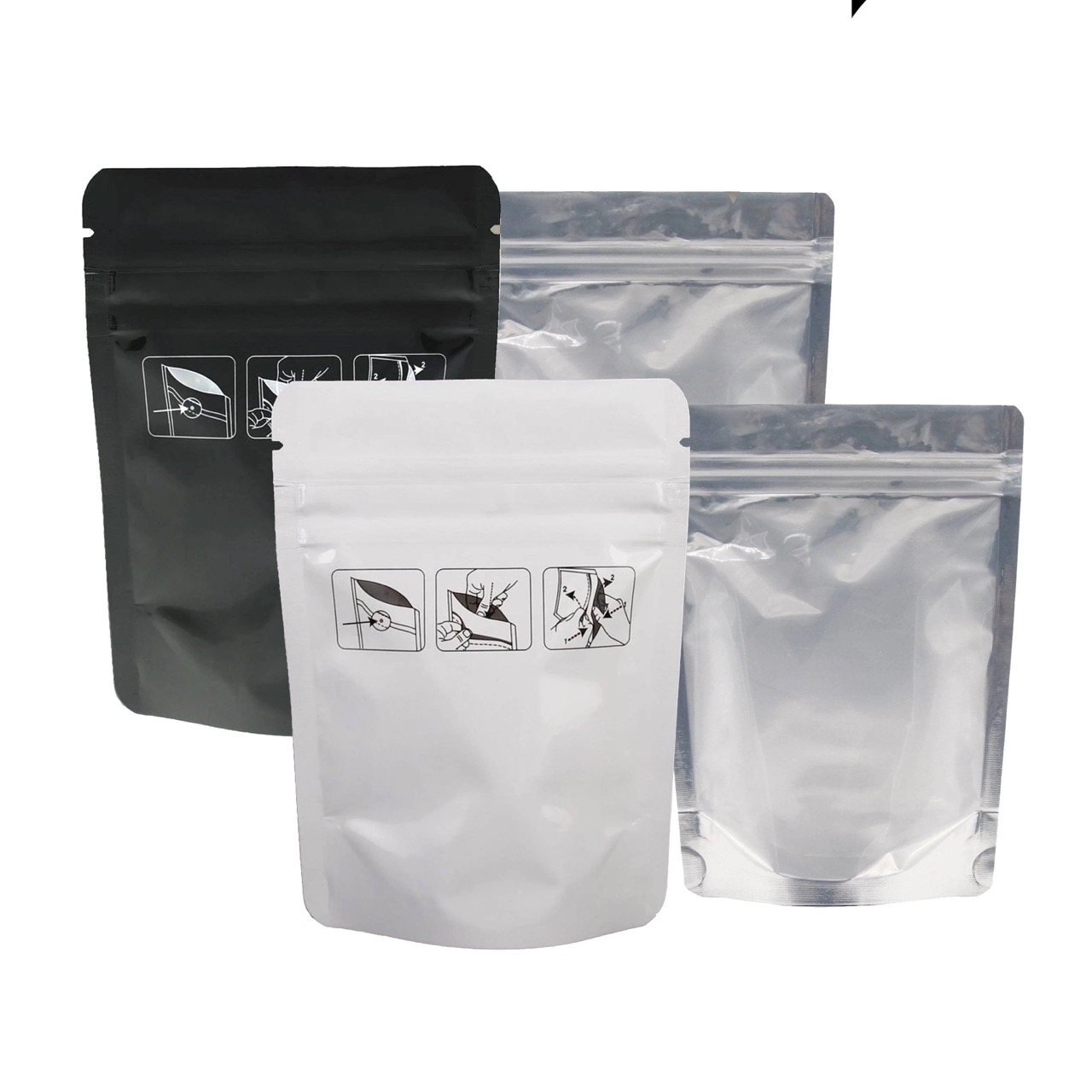



0 thoughts on “How To Store Spawn Bags”